Product Description
Hernon Supertacker 357 is a single component, high performance elastomeric adhesive that exhibits exceptional bonding characteristics to a broad range of materials including metals, glass, plastic composites, rubber, leather, wood and vinyl. Supertacker 357 provides a tough, waterproof bond that won’t crack or become brittle. Supertacker 357 out-performs silicones, acrylics, and rubber cement because it bonds to more surfaces with greater strength and durability.
Product Benefits
- • Exceptional flexibility – Does not become brittle in cold weather, can bond items subject to vibration.
- • Waterproof – Can be submerged in fresh and salt water after complete cure.
- • Abrasion resistance – Great for bonding objects subject to wear.
- • Non-flammable
- • Paintable – Paint to match surrounding area or make UV-resistant.
- • Excellent resistance to dilute acids and dilute caustics
Typical Applications
- • Bonding dust caps to surround and surround to basket on loudspeaker applications.
- • Bonding lead wires on loudspeaker applications.
- • Repair conveyor belts.
- • Seal tanks and pipes.
- • Insulate electrical connections and repair plastic containers.
- • Mend hoses.
- • Repair torn vinyl mats.
- • Affix plastic moldings and trim.
- • Reinforce and seal metal seams in trailers, garage doors and HVAC systems
Typical Properties (Uncured)
Property Value
Appearance Clear liquid
Viscosity @ 25ºC, cP 100,000
Specific gravity 1.36
Solids, % 30 by weight, 40 by volume
Tack free time, minutes 5
Flash point See MSDS
Typical Properties (Cured)
Property Value
Tensile strength, psi, ASTM D412 3500
Elongation, %, ASTM D412 900
Hardness, Shore A, ASTM D2240 80
Dielectric strength, volts/mil, ASTM D149 400
Full Cure, thin film, hours 24
Temperature range, ºC (ºF) -40 to 150 (-40 to 300)
Typical Cured Performance
180º Peel Strength, ASTM D903
Cured 7 Days at 22ºC
Substrate 180º Peel Strength, pli
Glass 40
Wood 29
Cement 25
Aluminum 30
Steel 25
ABS 32
Polycarbonate 37
PVC 27
Acrylic 36
Urethane 32
Rubber 20
Thermoplastic rubber 30
Neoprene 32
Typical Environmental Resistance
Chemical/Solvent Resistance
Supertacker 357 exhibits excellent resistance to water, dilute acids and dilute bases. Thin films of Supertacker 357 were immersed in the chemicals/solvents listed below for two weeks and exhibited weight gains of less than 2% and tensile strength loss of less than 1%.
Chemical/Solvent Chemical/Solvent
Acetic acid, 5% Lactic acid, 3.8%
Acetic acid, 10% Sodium chloride, 10%
Sulfuric acid, 3% Sodium carbonate, 2.7%
Sulfuric acid, 10% Potassium hydroxide, 3.4%
Nitric acid, 10% Ammonium hydroxide, 3.4%
Nitric acid, 20% Ammonium nitrate, 50%
Phosphoric acid, 30% Distilled water
Phosphoric acid, 60% P2O5 Motor oil, 30w
Boric acid, 3.1% Hydraulic oil
Oxalic acid, 3.1% Antifreeze
Chemical/Solvent Non-Resistance
The following is a list of common solvents that dissolve Supertacker 357 when hardened samples are immersed. The dissolution with these solvents is not instantaneous and therefore does not preclude usage in all cases. Applications where an occasional splash or brief exposure is expected may be acceptable. Test a small area before full use.
Chemical/Solvent Chemical/Solvent
Gasoline Chlorothane NU
Cyclohexane Chevron solvent 1100
Perchloroethylene Propyl acetate
1,1,1-Trichlorethane Toluene
Methylene chloride
General Information
This product is not recommended for use in pure oxygen and/or oxygen rich systems and should not be selected as a sealant for chlorine or other strong oxidizing materials. For safe handling information on this product, consult the Material Safety Data Sheet (MSDS).
Directions for Use
1. Surface should be clean and dry.
2. For porous surfaces (wood and concrete) apply a liberal bead of adhesive to surfaces and bond immediately.
3. For joining non-porous surfaces, apply a light coating of adhesive to each surface and allow to harden for 5 minutes. Then press both surfaces together.
4. Supertacker 357 hardens by solvent evaporation. At 70ºF (21ºC) the adhesive will provide significant “grab” in 5 minutes. However, normal bond lines require 24 hours and thick bond lines may require 48 to 72 hours.
5. Cure time increases with temperatures lower than 70ºF (21ºC) and decreases with temperatures above 70ºF (21ºC).
6. When finished, wipe excess adhesive from the tube neck and secure with cap.
Application Notes
1. Some substrates require light sanding for optimum adhesion.
2. As a contact adhesive: Apply Supertacker 357 directly to surface. Allow to partially cure, 2-10 minutes, before bringing surfaces together.
3. As a sealant: Use thin coats of Supertacker 357 to build up to thick coating, allowing each layer to set 3 to 4 hours.
4. Speed drying time by using a hand-held dryer. Set on low and do not hold directly on adhesive.
5. If product is used to adhere fabric, do not dry clean fabric.
6. Supertacker 357 is not recommended for use on Styrofoam , polystrene, polyethylene or polypropylene plastics. Test a small area before extensive use.
7. Supertacker 357 is not recommended for use on aquariums.
Storage
Supertacker 357 should be stored in a cool, dry location in unopened containers at a temperature between 46ºF to 82ºF (8ºC to 28ºC) unless otherwise labeled. Optimal storage is at the lower half of this temperature range. To prevent contamination of unused material, do not return any material to its original container.
Dispensing Equipment
Hernon offers a complete line of semi and fully automated dispensing equipment. Contact Hernon Sales for additional information.
These suggestions and data are based on information we believe to be reliable and accurate, but no guarantee of their accuracy is made. HERNON MANUFACTURING, INC. shall not be liable for any damage, loss or injury, direct or consequential arising out of the use or the inability to use the product. In every case, we urge and recommend that purchasers, before using any product in full scale production, make their own tests to determine whether the product is of satisfactory quality and suitability for their operations, and the user assumes all risk and liability whatsoever, in connection therewith. Hernon’s Quality Management System for the design and manufacture of high performance adhesives and sealants is registered to the ISO 9001 Quality Standard.
华为网盘下载:http://dl.dbank.com/c0c3crx903
点击下载附件:
 TD-357.PDF (91.2 KB, 161 次)
TD-357.PDF (91.2 KB, 161 次)


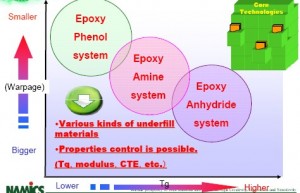
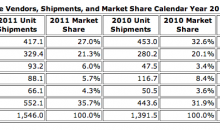
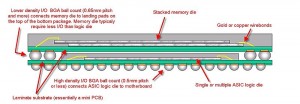
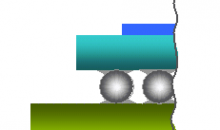
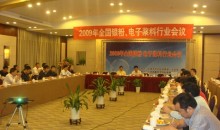
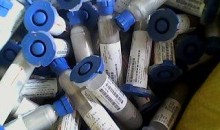
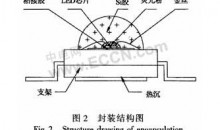
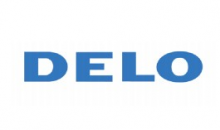
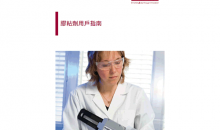
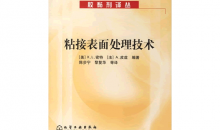
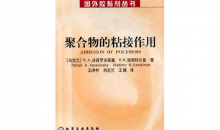
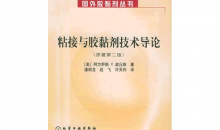







《【扒一扒】日本高纯球形硅微粉材料生产商》: 作为一种无机非金属矿物功能性粉体材料,硅微粉广泛应用于电子材料、电工绝缘材料、胶黏剂、特种陶瓷、精密铸造、油漆涂料、油墨、硅橡胶等领域。 目前,世界上只有中国、日本、韩国、美国等少数国家具备硅微粉生产能力... 全文 ?